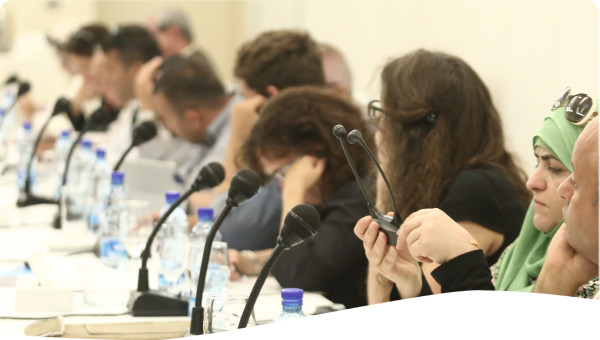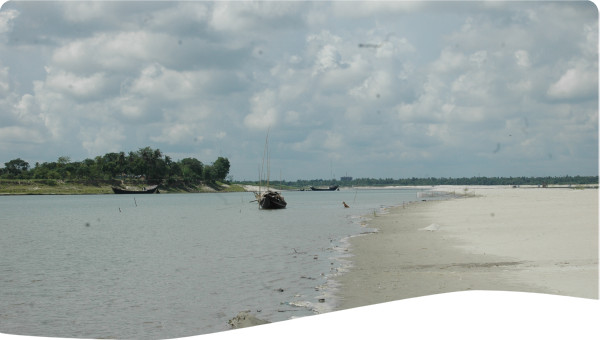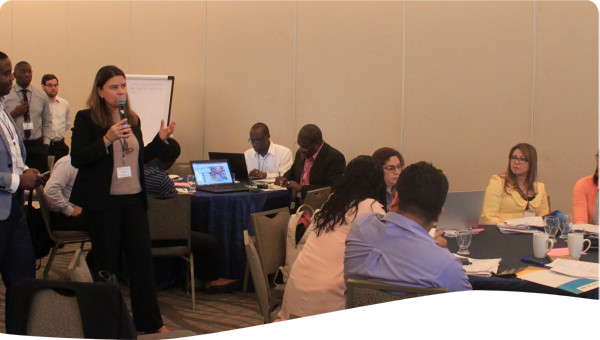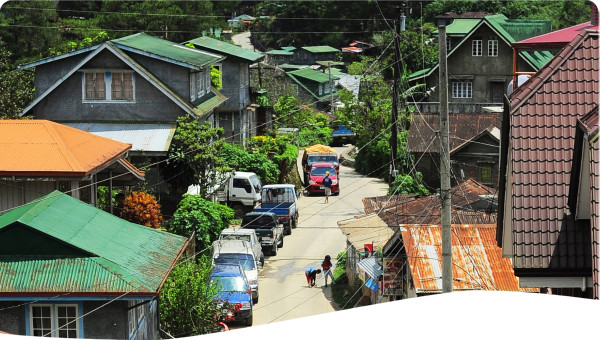To improve the state of the Balikpapan Bay coastal ecosystem, a coastal zone management project was initiated. After initial project failure, action was taken for policy reform and an adaptive management approach was developed, focusing on inter-agency integration. This case illustrates the importance of active project learning and adaptive management.
The Balikpapan Bay project is part of the Indonesia Coastal Resources Management Project (CRMP) supported by United States Agency for International Development’s (USAID). The CRMP is implemented through a cooperative agreement with the Coastal Resources Center at the University of Rhode Island (CRC). Balikpapan Bay is relatively small and self-contained with a shoreline 80 km and an area of 16,000 ha. The entire watershed covers 211,456 ha where, most of the watershed’s population and development are concentrated in Balikpapan City at the mouth of the bay.
Balikpapan City has a good harbour and international airport and serves as the major gateway to and from the rest of the Province. The land and water resources of the watershed are already intensively exploited, and development pressure continues to grow. Major industries include an oil refinery, plywood mills, a cement plant, a coal port, and shipyards. There is little or no treatment of any of the domestic or industrial waste entering the bay.
Most of the original rainforest in the watershed has been destroyed and soil erosion and sedimentation are common. A remnant forest within the jurisdictional boundaries of Balikpapan City serves as a habitat reserve but is under heavy pressure from farming and logging. The bay is fringed with mangrove but within the last 10 years significant areas of mangrove has been converted to shrimp and fishponds. The long legacy of top-down national decision-making resulted in low local capacity and little coordination among government officials.
The East Kalimantan project was originally designed to test and demonstrate integrated land and water management as a part of a broader strategy to improve province-wide coastal management capacity. The project achieved early success in building watershed consciousness in individual villages within the region. However, progress stalled when initial training, education and demonstration projects in communities failed to generate commitment at the higher government levels required for watershed-level management. Those planning, and workshops conducted helps to identify and discuss issues and actions with government officials, stakeholders and nongovernmental organizations.
An adaptive management approach helped formulate a new model for Balikpapan Bay that successfully engaged both institutions and local communities. Structured interviews and an internal assessment to refocus the project on problems confronting institutional counterparts resulted in an immediate increase in local stakeholder ownership and integration among local institutions with watershed management authority. Inter-agency integration was critical for any significant or sustained movement toward watershed-level results, i.e., improved, or stabilized condition of marine and coastal resources in Balikpapan Bay.
Early implementation actions demonstrated the effectiveness of interdepartmental issue teams and techniques for progressively moving work from independent projects to integrated institutional planning and budgeting. Interdepartmental collaboration led directly to new institutional arrangements codified in the signing of the Balikpapan Bay Strategic Management Plan.
Practicing adaptive management and learning throughout project implementation resulted in achievement of desired project outcomes. A BMP was adopted and is in the early stages of implementation. Local government departments are working toward integrated priority setting, budgeting and work planning based on the recommendations of the plan. Additional local laws are being considered to further strengthen watershed management in East Kalimantan.
The private sector and civil society is now more fully engaged and supporting community-based work through the FOBB. The threat in Balikapapan Bay, as in many developing countries, is that the pace of BMP implementation may be overwhelmed by the pace of urban growth, compounded by the lack of enforcement of basic land use and environmental controls.
Active project learning and adaptive management, including the use of structured interviews, allows project managers to revise strategies and identify concrete steps for building trust, agreeing on common priorities, developing capacity and building shared visions and team thinking.
Importantly, it leverages greater action by building priorities and perceptions of local institutional counterparts. In this way, projects can increase their effectiveness and efficiency by building on the interests of local institutions and strengths in carrying forward shared work priorities.
A context-based model of project implementation is critical to institutional engagement, ownership, and commitment. Structured interviews with stakeholders and all project partners followed by collaborative work planning produces a more knowledgeable, open and collaborative relationship with local partners.
 Case studies
Case studies



